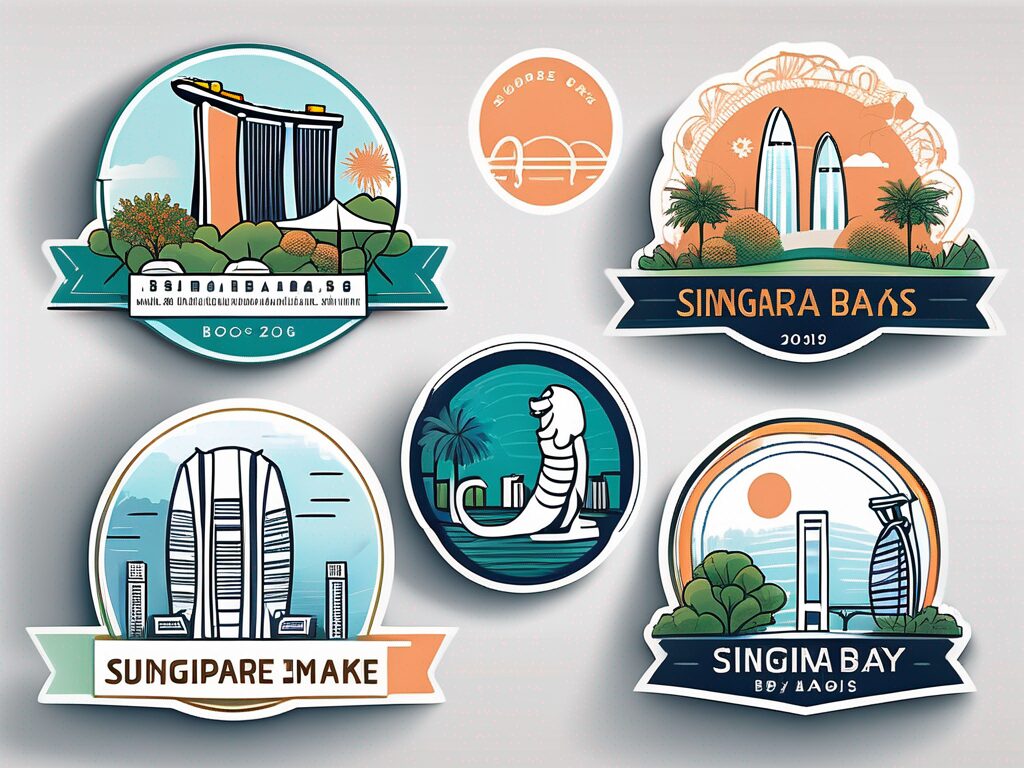html
Master Bilingual Education in Singapore: 4 Essential Insights for MA Teachers
In an increasingly globalised world, the ability to communicate in multiple languages is more than just a skill; it’s a necessity. Singapore, a melting pot of cultures and languages, stands at the forefront of bilingual education. For Master of Arts (MA) teachers, understanding the nuances of bilingual education in this vibrant city-state is crucial. This blog post aims to provide you with four essential insights that will not only enhance your teaching practice but also empower you to navigate the complexities of bilingual education effectively.
1. Understanding the Bilingual Education Landscape in Singapore
Singapore’s bilingual education policy is a cornerstone of its education system. The government mandates that students learn English alongside their mother tongue, which can be Mandarin, Malay, or Tamil. This policy aims to foster a sense of national identity while ensuring that students are equipped with the necessary language skills to thrive in a global environment.
As an MA teacher, it’s essential to grasp the historical context and current trends in bilingual education. For instance, the 2010 Bilingualism Study revealed that bilingual students outperform their monolingual peers in cognitive tasks. This insight underscores the importance of promoting bilingualism in your classroom.
2. The Role of Culture in Bilingual Education
Culture plays a pivotal role in bilingual education. In Singapore, the intertwining of language and culture is evident in the curriculum. As an MA teacher, you should incorporate cultural elements into your lessons to make learning more relatable and engaging for your students.
For example, when teaching Mandarin, you might include traditional Chinese festivals such as Chinese New Year or Mid-Autumn Festival. This not only enriches the language learning experience but also fosters cultural appreciation among students. By integrating cultural insights, you can create a more immersive learning environment that resonates with your students’ identities.
3. Effective Teaching Strategies for Bilingual Classrooms
Teaching in a bilingual classroom requires a unique set of strategies to cater to diverse learning needs. Here are some effective approaches:
- Scaffolding: Provide support structures to help students transition between languages. This could involve using visual aids, bilingual resources, or peer support.
- Interactive Learning: Encourage group activities that promote communication in both languages. Role-playing and language games can make learning fun and engaging.
- Assessment Diversity: Use varied assessment methods to gauge students’ understanding in both languages. This could include oral presentations, written assignments, and group projects.
By employing these strategies, you can create a dynamic and inclusive classroom that caters to the needs of all students, regardless of their language proficiency.
4. Professional Development and Continuous Learning
As an MA teacher, your professional development is crucial in staying updated with the latest trends and methodologies in bilingual education. Engaging in continuous learning not only enhances your teaching skills but also benefits your students.
Consider attending workshops, webinars, or conferences focused on bilingual education. Networking with other educators can provide valuable insights and resources. Additionally, pursuing further qualifications, such as the International Postgraduate Certificate in Education (iPGCE), can significantly enhance your credentials and teaching effectiveness.
Statistics show that teachers who engage in continuous professional development are more likely to see improved student outcomes. Therefore, investing in your professional growth is a win-win for both you and your students.
Conclusion
Mastering bilingual education in Singapore is a multifaceted journey that requires understanding the educational landscape, embracing cultural elements, employing effective teaching strategies, and committing to continuous professional development. By integrating these insights into your teaching practice, you can create a more inclusive and effective learning environment for your students.
Empower Your Teaching Career with IPGCE
As we strive for a more inclusive education system in Malaysia, the role of qualified and well-trained educators becomes increasingly crucial. IPGCE is dedicated to supporting teachers in their professional journey, offering the International Postgraduate Certificate in Education (iPGCE) to enhance qualifications and open doors to international teaching opportunities. With our program, you can expect a significant increase in interview callbacks, promotion rates, and salary. Plus, you’ll join a global network of educators, gain a deeper understanding of international curricula, and enjoy the flexibility of online study. Don’t let inadequate credentials or isolation hold you back. Join the UK’s #1 Teacher Training Course today and take a decisive step towards a fulfilling career in inclusive education.
For more insights on bilingual education, check out our articles on effective bilingual education strategies and cultural integration in education.
Connect with us on LinkedIn to stay updated and network with fellow educators!

